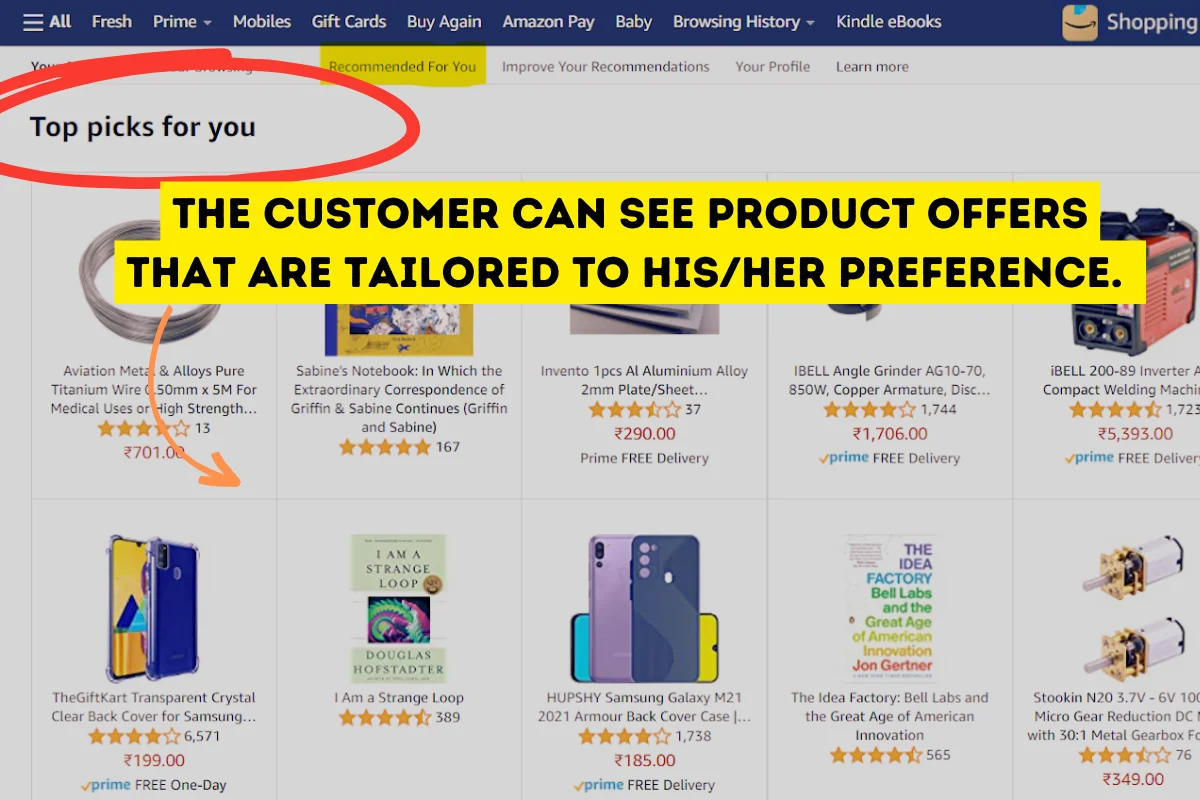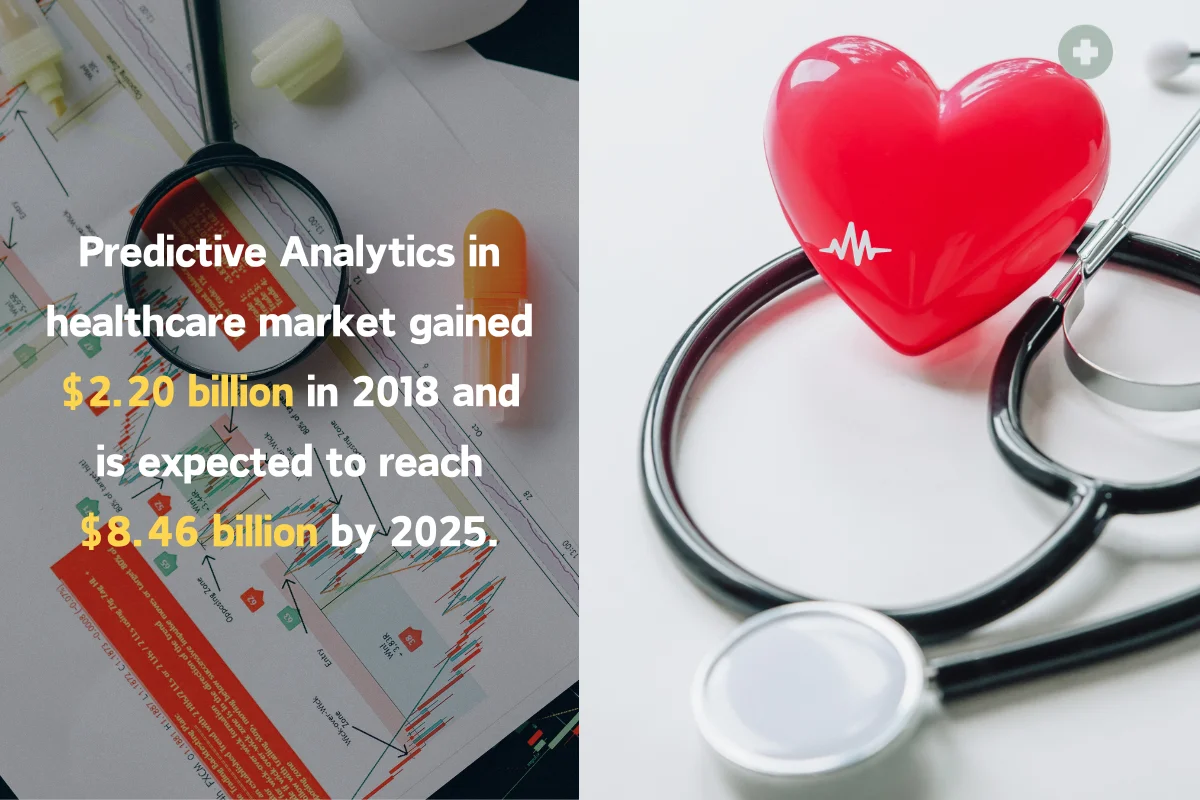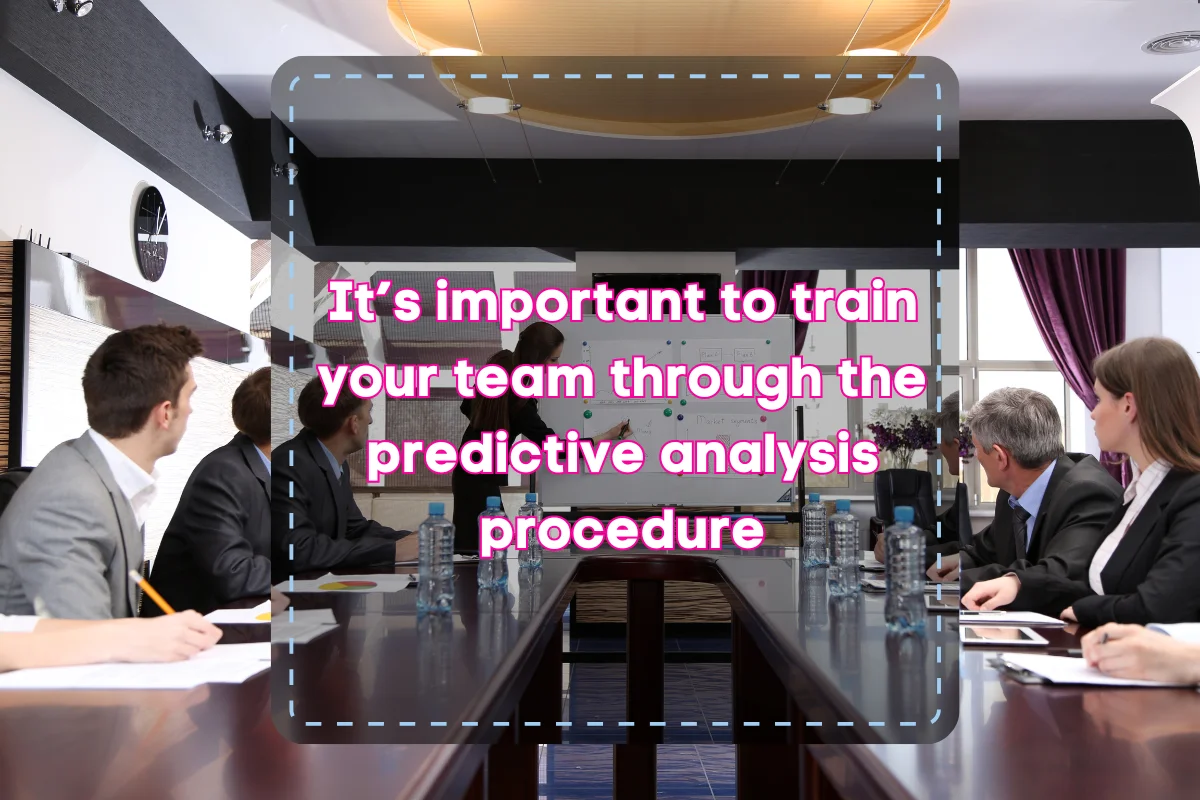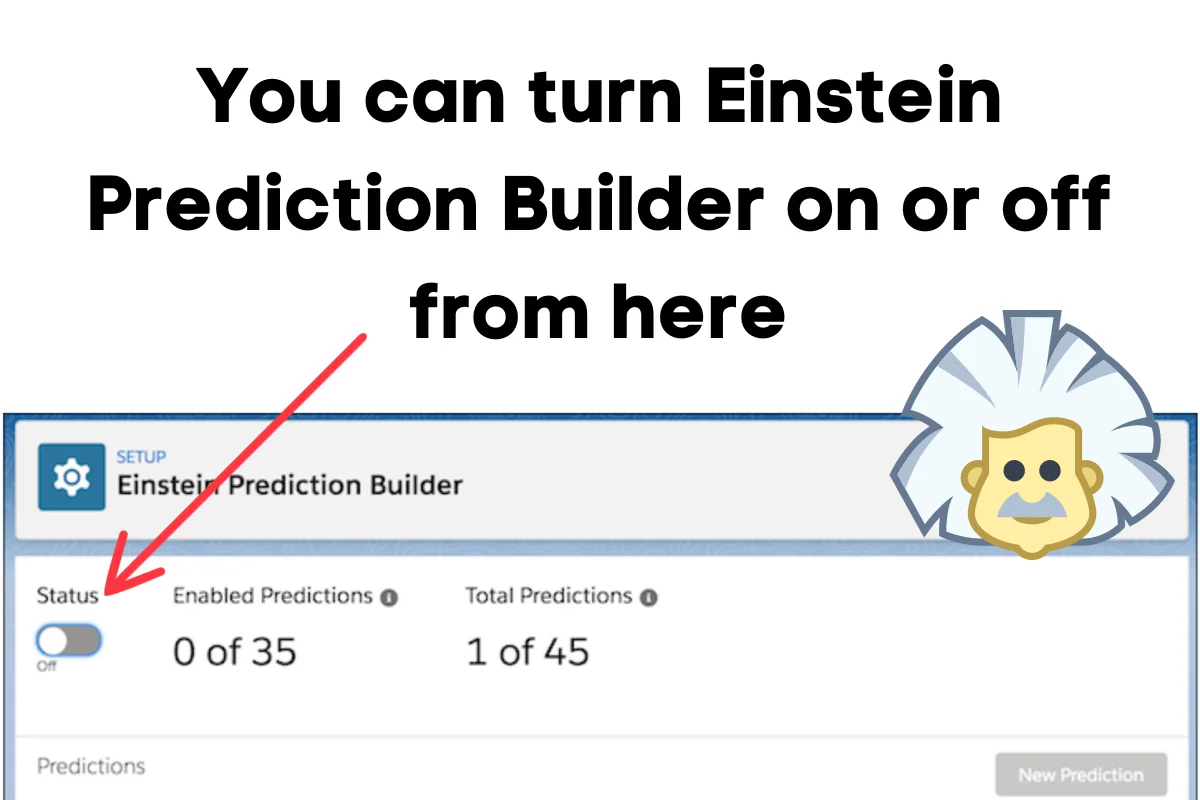In-App Purchases vs Ads: Which Strategy is Best?
You’ve created your app, and people are starting to download,...
We use cookies for our website to give you the most relevant experience by remembering your preferences. By clicking “accept”, you consent to use of ALL the cookies
This website uses cookies to improve your experience while you navigate through the website. Out of these, the cookies that are categorized as necessary are stored on your browser as they are essential for the working of basic functionalities of the website. We also use third-party cookies that help us analyze and understand how you use this website. These cookies will be stored in your browser only with your consent. You also have the option to opt-out of these cookies. But opting out of some of these cookies may affect your browsing experience.
Necessary cookies are absolutely essential for the website to function properly. These cookies ensure basic functionalities and security features of the website, anonymously.
| Cookie | Duration | Description |
|---|---|---|
| cookielawinfo-checkbox-functional | 11 months | This cookie is set by GDPR Cookie Consent plugin. The cookie is used to store the user consent for the cookies in the category “Analytics”. |
| cookielawinfo-checkbox-functional | 11 months | The cookie is set by GDPR cookie consent to record the user consent for the cookies in the category “Functional”. |
| cookielawinfo-checkbox-necessary | 11 months | This cookie is set by GDPR Cookie Consent plugin. The cookies is used to store the user consent for the cookies in the category “Necessary”. |
| cookielawinfo-checkbox-others | 11 months | This cookie is set by GDPR Cookie Consent plugin. The cookie is used to store the user consent for the cookies in the category “Other. |
| cookielawinfo-checkbox-performance | 11 months | This cookie is set by GDPR Cookie Consent plugin. The cookie is used to store the user consent for the cookies in the category “Performance”. |
| viewed_cookie_policy | 11 months | The cookie is set by the GDPR Cookie Consent plugin and is used to store whether or not user has consented to the use of cookies. It does not store any personal data. |
Functional cookies help to perform certain functionalities like sharing the content of the website on social media platforms, collect feedbacks, and other third-party features.
Performance cookies are used to understand and analyze the key performance indexes of the website which helps in delivering a better user experience for the visitors.
Analytical cookies are used to understand how visitors interact with the website. These cookies help provide information on metrics the number of visitors, bounce rate, traffic source, etc.
Advertisement cookies are used to provide visitors with relevant ads and marketing campaigns. These cookies track visitors across websites and collect information to provide customized ads.
Other uncategorized cookies are those that are being analyzed and have not been classified into a category as yet.
Cyberia Tech, Inc. respects your privacy. This Privacy Policy explains how we collect, use, and share your information. By using our services, you agree to this policy. If any other agreements conflict with this Privacy Policy, the terms of those agreements prevail.
Cyberia Tech complies with the EU-US and Swiss-US Privacy Shield Frameworks for handling personal data from the EEA, UK, and Switzerland. In case of any conflict, the Privacy Shield Principles prevail. Learn more at Privacy Shield. Key Definitions
Information linked to an individual, transferred from the EEA, UK, or Switzerland to the U.S.
Data revealing race, religion, health, sexual orientation, and similar categories.
Effective Date: [ 2025 / 11 / 29 ]
Welcome to The Cyberia Tech ! By accessing or using our website or services, you agree to
comply with and be bound by these Terms of Use and our Privacy Policy. If you do not agree with
these terms, please do not use our Services.
Loading
0 %

You can forecast future events by using historical data, thanks to Salesforce Predictive analytics. People produce 1.7 megabytes of data every second and most of this data remains untouched. However, companies that implement data analysis are one step ahead compared to their competitors.
As a big name in the SaaS business, Salesforce is familiar with innovation. Einstein AI is an artificial intelligence developed by Salesforce that lets you carry out different actions such as anticipating sales opportunities and designing personalized experiences for every customer.
In this article, we’ll explain the predictive analysis, its benefits, use cases and how to get started with your prediction analysis with Einstein AI. Then we’ll go through working with Einstein AI and at the end, you’ll find a list of apps that can be integrated with Salesforce to help you with your prediction process.
With the help of predictive analytics, businesses can expect what is likely to happen in the future. It is done by investigating the patterns in historical data they already have.
Being a subset of data analytics – the science of using raw information and statistics to enhance decision-making – predictive analytics brings AI (Artificial Intelligence) to frame a high predictive model in precision and utility.
Salesforce predictive analytics helps you develop a predictive model. For instance, you can easily personalise customer experience through mail and the web by forecasting user’s behaviour and preferences. Then, you can take proper actions to improve marketing, sales or any other procedure in your business.
We’ve already had descriptive analytics as a market research method. Descriptive analytics provides insights into events, patterns, and trends inside an organisation by interpreting and analysing historical and current data.

Simply said descriptive analysis describes what happened in the past. Predictive analytics tells us what will happen in the future.
After explaining about two types of analysis, let’s see what a predictive model is.
Predictive modelling is a statistical technique in data mining to create, process and validate a model which can be used to foresee future results.
As a tool in predictive analysis, predictive models gather and explore loads of data. They examine the data to find specific patterns. From there the model can evaluate which events or behaviours will be likely to happen in the future.
Predictive models are divided into three major groups:
Depending on your area of need, Salesforce predictive analytics tries various models and selects the one that best suits your needs. You can check the Salesforce website for more information.
To expand your knowledge, here is a short video talking about predictive analytics:
In this video, you’ll learn how predictive analysis works and how the models provide insights milliseconds, days or years into the future.
Implementing predictive analytics has benefits that help you with your operational upgrades. The opportunities are vast, but here you can find examples of what you can expect from the predictive model:
After reviewing the benefits of implementing predictive analysis into your business, you may wonder which areas or industries are using this technique to boost their performance. Below, you’ll read about three areas in which companies can benefit from Salesforce Predictive Analytics magic.
Banks can deploy a predictive model to reduce potential risks. When clients fill out their application forms, they provide information such as income, credit score, and saving-to-debt ratio. Then, the financial institution will use this information to decide if the client is a low-risk or high-risk borrower.
They can also make better decisions on the amount of money and interest rate they would offer to a particular person. To form a fraud detection model, they can analyse transaction patterns and client behaviour.
Predictive analysis helps manufacturers avoid technical problems in advance. For example, machine parts need service on a regular basis. Factories can estimate when a specific part needs to be changed or overhauled. Thus, the technology can help reduce costs and further damages.
Thanks to the AI revolution, it is now possible to correlate different data sets and make predictions based on them. After training the predictive model with product and user data, it is prepared to suggest products to the buyer based on their preferences.

Here is one example. On Amazon’s landing page, you can discover personal recommendations. The data is gathered from the customer’s previous transactions, which Amazon then analyses to predict future purchases.
The output of these recommendations is unique to every user. The more a customer purchases, the more accurate the suggestions become. This leads to increased sales and improves client satisfaction thanks to a predictive model.
Predicting the future isn’t just limited to tech companies. Below, you’ll learn how a hospital used data science to reduce the mortality rate significantly.
Deploying machine learning and Artificial Intelligence in healthcare is the new thing. With the help of new technology, healthcare centres can now monitor patients, reduce readmission and prevent adverse consequences. All of this will lead to a longer life for the patient and a reduction in healthcare costs.

To reduce costs and increase efficiency, medical centres turn to prediction modelling. As the statistics indicate, Predictive analytics adoption will increase in demand in the following years.
On the other hand, the need for IT specialists and the unavailability of powerful infrastructure put functionality in question. Thus, a limit in growth is expected.
Providing predictive analysis services would be a lucrative option for tech companies as more healthcare providers tend to forecast future events.
In a study on “evaluating the impact of computerised surveillance on sepsis mortality”, Huntsville Hospital in Alabama, USA, managed to reduce the mortality rate to 53%. They also succeeded in lowering the readmission rate from 19% to 13%.
This achievement results from using analytical tools to detect sepsis in advance and improving clinical decision-making.

With national health expenditure rising to $ 5,000 billion in the USA by 2025, We’ll discover ways for early disease diagnosis. Therefore, we can lower the costs and prevent further complications for people.
Scoring and monitoring chronic disease is another example of using predictive analytics in the healthcare ecosystem. Applying this technology accelerates medical decisions and produces better outcomes for patients.
According to the news on medical websites, a tech company in Nashville, USA, has managed to help doctors diagnose the autoimmune disease at an early stage. They have implemented machine learning to analyse Ribonucleic acid (RNA). Their success is groundbreaking because it will enable patients to receive personalised care and reduce healthcare costs.
After learning about the impact of predictive analytics in healthcare, it’s time to know how to implement the technology into your organisation.
With models and tools available in the market, you may wonder how to get started. Here are five general steps you could follow to begin your predictive analytics efforts:

To maximise the potential of Salesforce’s predictive analytics, you must train your team and other departments through the process. This way, they can learn about the capabilities and applications of predictive analytics.
The next step is to ensure you implement the insights into your business to provide a consistent workflow. By taking predictive modelling to different departments, you will experience a seamless operation among each part of your organisation.
And remember to be well-informed of trends and changes in artificial intelligence and analytics, as we live in a world of constant evolution.
As the name indicates, Salesforce Einstein is associated with intelligence, especially artificial intelligence. It is the Salesforce answer to business owners for a complete data analysis service. With the help of machine learning and data science, Salesforce Einstein assists businesses to increase productivity, decrease errors and enhance their performance.
Einstein’s predictive analytics may initially seem complicated, but you’ll get better as you carry on with it. You can start by testing with a small dataset before moving on to larger ones. Remember to observe and make improvements constantly, since your prediction results change when the data is altered.
To start using the Einstein service, you can sign up with Salesforce Developer Edition on Salesforce.com. You can use this account to build your prediction model.

To turn on Einstein Prediction Builder, open up Setup. If you have already enabled Prediction Builder, you’ll see a card with Einstein’s photo. Click on Get Started, and you’re good to go.
Here is a brief video of Salesforce showing what you can do with Einstein Prediction Builder:
According to the video, with the help of Salesforce Einstein, you can forecast how likely a customer is to renew or what invoice will not be paid in time.
To get started using Einstein Prediction Builder, follow these steps:
And Voilà. Thanks to Salesforce Einstein’s predictive analytics, it’s not hard to build a custom prediction model.
For more information, a Salesforce expert provides help on Einstein Prediction Builder in this video series:
In this list of videos, the Salesforce expert talks about business challenges, how to enable Einstein prediction builder, use cases, and examples. This way, you can get the most out of your Salesforce investment.
The creation of a prediction model is covered in video number four. In this demo, you’ll see a salesforce predictive analytics example that works in practice. The Salesforce support team teaches you how to predict the likelihood of customer attrition within the first of joining.
Einstein Prediction Builder provides two primary answers: binary and regression answers. With the former, you can predict if a student will be accepted to a university or a loan to be funded. With the latter, you can determine how many days late an invoice will be paid.
The key takeaway is that you should break down complex projects into smaller parts to have more accurate models.
It’s $75 per month per user that is billed annually. With this plan, Einstein Prediction Builder and Einstein Discovery are included. Like every service, you’ll need to pay more for more features.
Another point is that you can’t use Einstein Predictions for free, even if you have already paid for other Salesforce services. So you have to pay separately for the service based on your preferences. It’s recommended to check their website for details.
Despite being a powerful CRM, Salesforce needs help to do everything. So, it has made integrations possible with other software. You can use software to evaluate the possibilities for your organisation and make the most out of your predictive analytics tool.
Here are some tools that work along with Salesforce:
We have mentioned five examples that offer remarkable services, but other options are available in the market.
Is Tableau free with Salesforce?
Salesforce offers a free Tableau licence to users with Enterprise, Unlimited, or Unlimited Plus Editions.
What is the most used technique in predictive analytics?
Among the 3 predictive models, regression is the most used technique in statistics. With this method we can predict the relationships among variables.
Using Salesforce Predictive Analytics is not about guessing; it’s an algorithm-driven process that helps companies make predictions by interpreting historical data. It is different from traditional data analytics, as it is meant to offer insights into what happened in the past.
Forecasting the future leads to better decisions. We saw that hospitals can use data to decrease the readmission rate, which results in lower costs for governments. Banks can also evaluate their clients in a more efficient way so they can prevent unexpected losses.
After setting goals and preparing the data, you can start your prediction analysis with Salesforce Einstein AI. The service helps you increase sales, improve customer retention and streamline your operations.
Remember to monitor and adjust occasionally because data analytics is a dynamic procedure. After all, share the insight with your team to earn the best results with your efforts.
You Can Get More Information!
